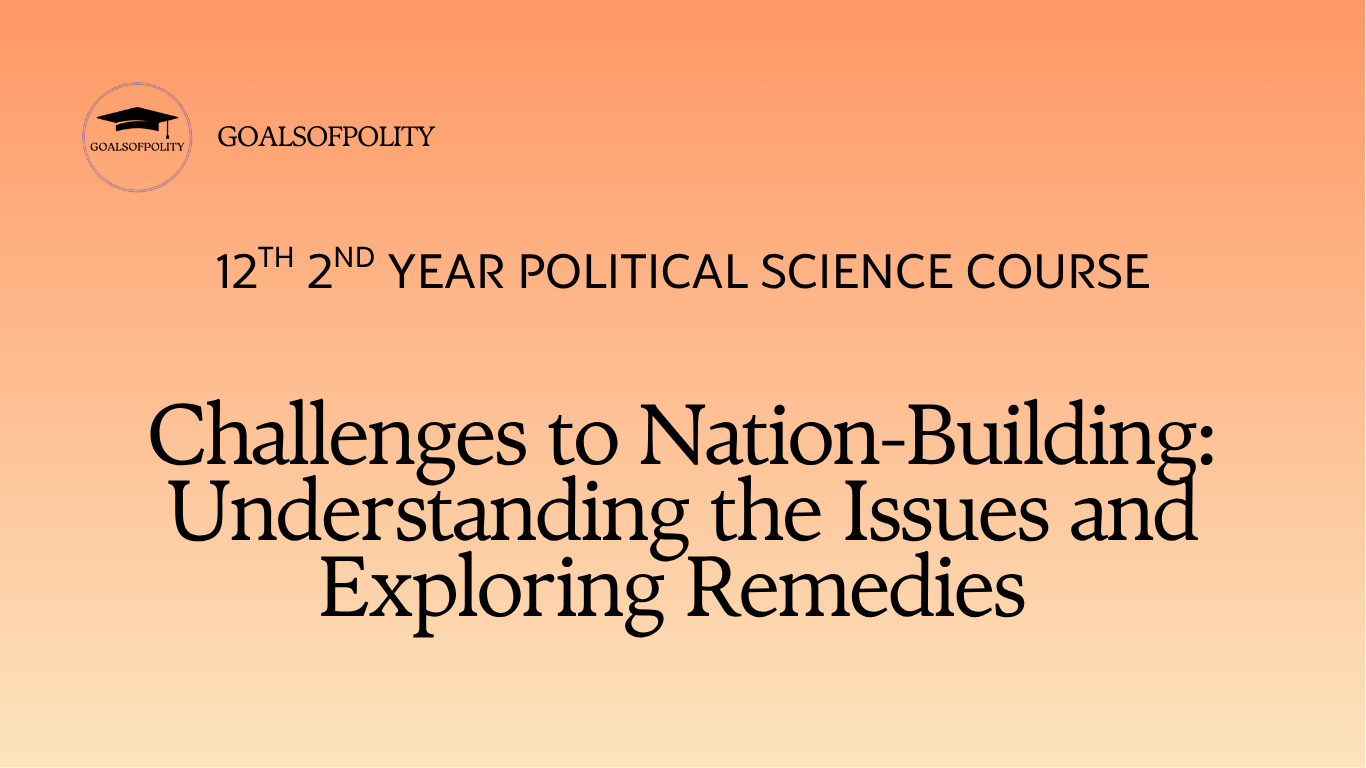
It will explore the meaning of nation-building, its significance, and the various challenges it faces, including communalism, casteism, regionalism, and terrorism.

One of the primary challenges of nation-building is managing ethnic and cultural diversity. Many countries are home to multiple ethnic groups, each with its distinct language, traditions, and social norms. Ensuring equitable representation
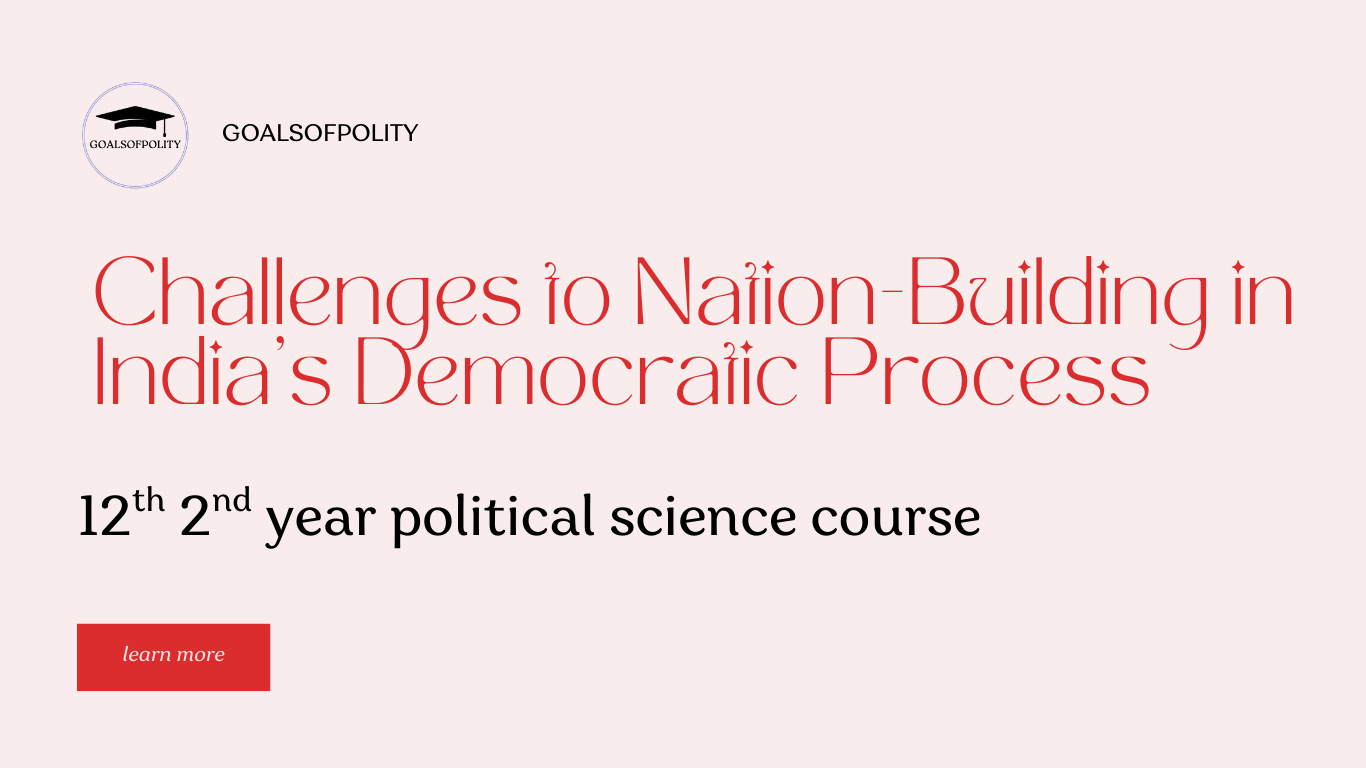
India, with its vast diversity and complex socio-political landscape, has embarked on a unique nation-building journey since its independence in 1947. The democratic process in India is both a strength and a challenge.

Introduction to Local Self Governance in India: Local self-governance is an essential aspect of democracy, which ensures grassroots participation in decision-making and administration.

Introduction: Federalism in India is the cornerstone of the nation's governance structure, providing a framework for the distribution of power between the central government and the states.

The seeds of federalism in India were sown during the framing of the Constitution in 1950. The Constituent Assembly carefully crafted a document that divided powers between the Centre and the States,

India's federal system is characterized by the division of powers between the central government and the states, as enshrined in the Constitution. The key features include dual politics, division of powers, supremacy
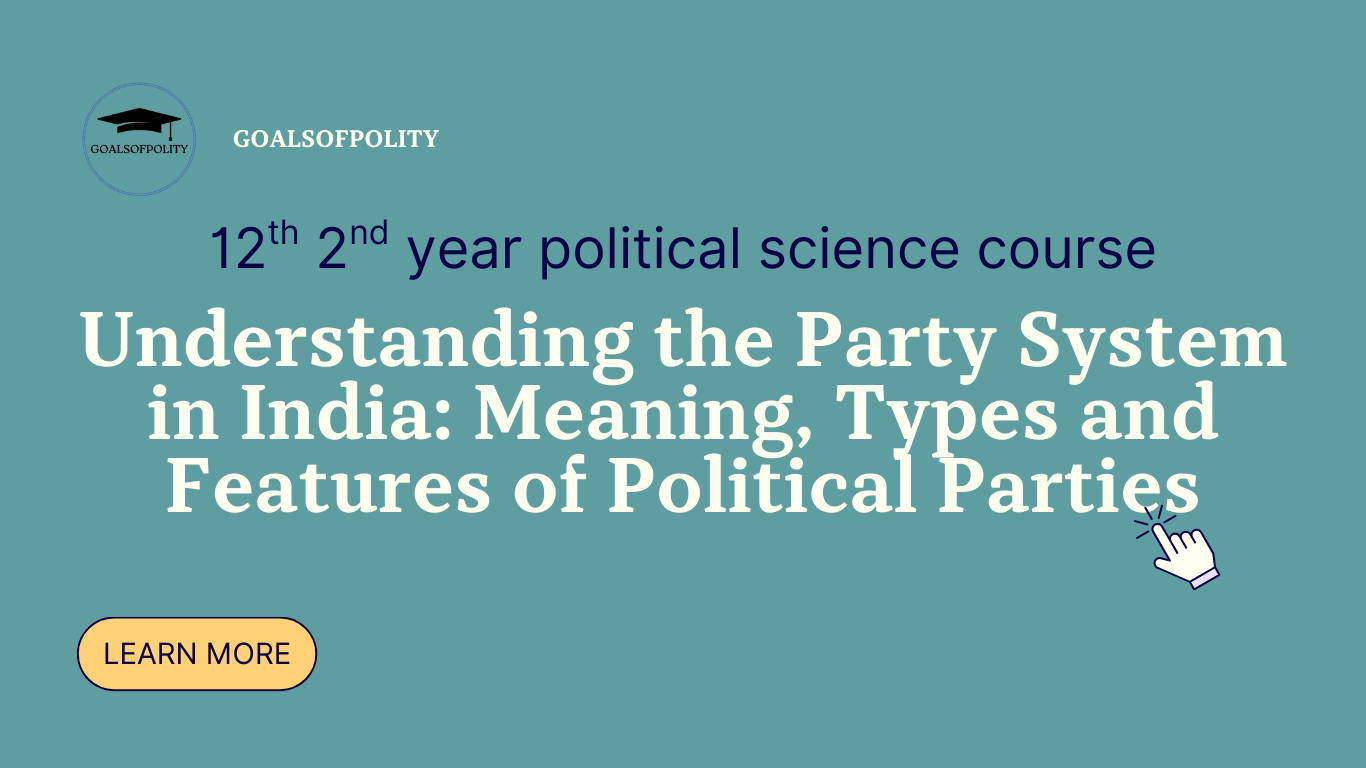
The party system in India refers to the structure and dynamics of political parties that play a pivotal role in the country’s democratic framework. It encompasses the organization, ideologies,
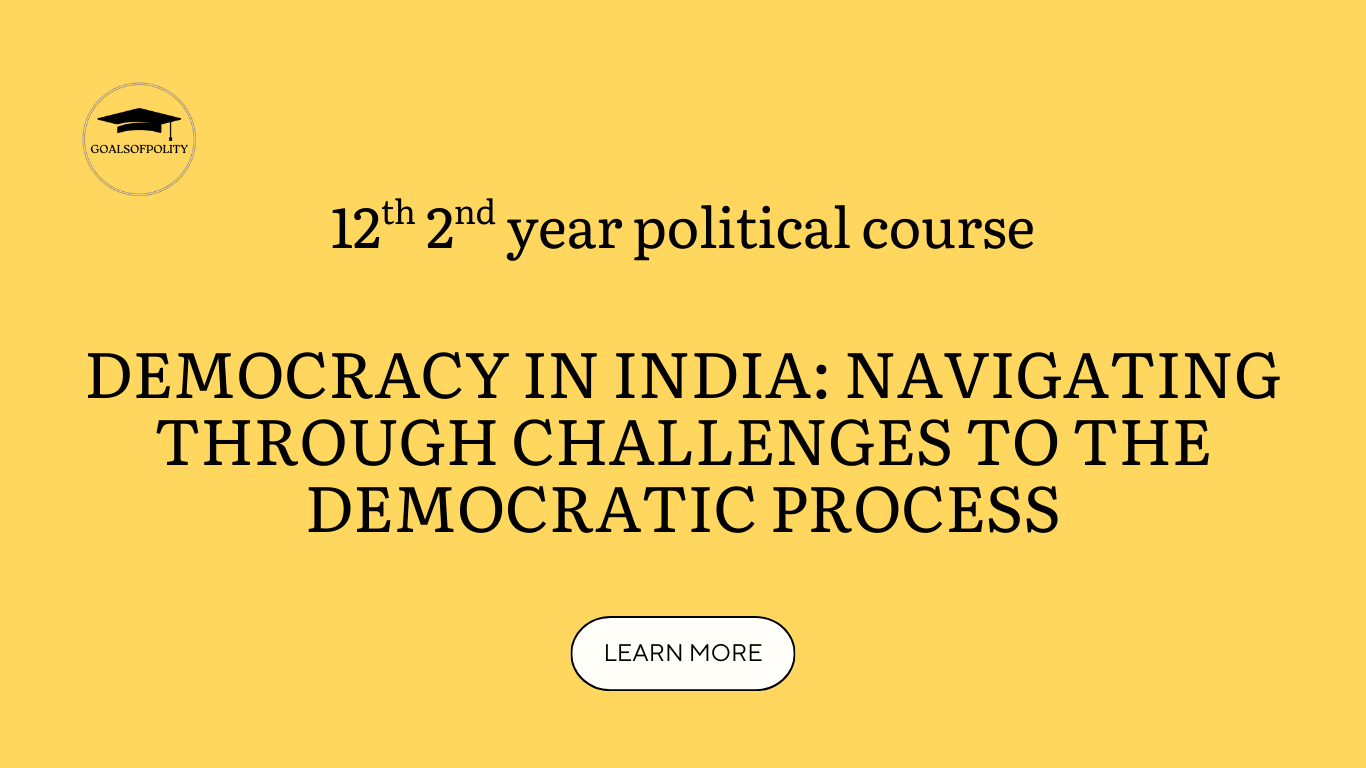
Introduction: India, known as the world’s largest democracy, has long been admired for its vibrant and diverse political landscape. However, beneath the surface lie myriad challenges that pose significant
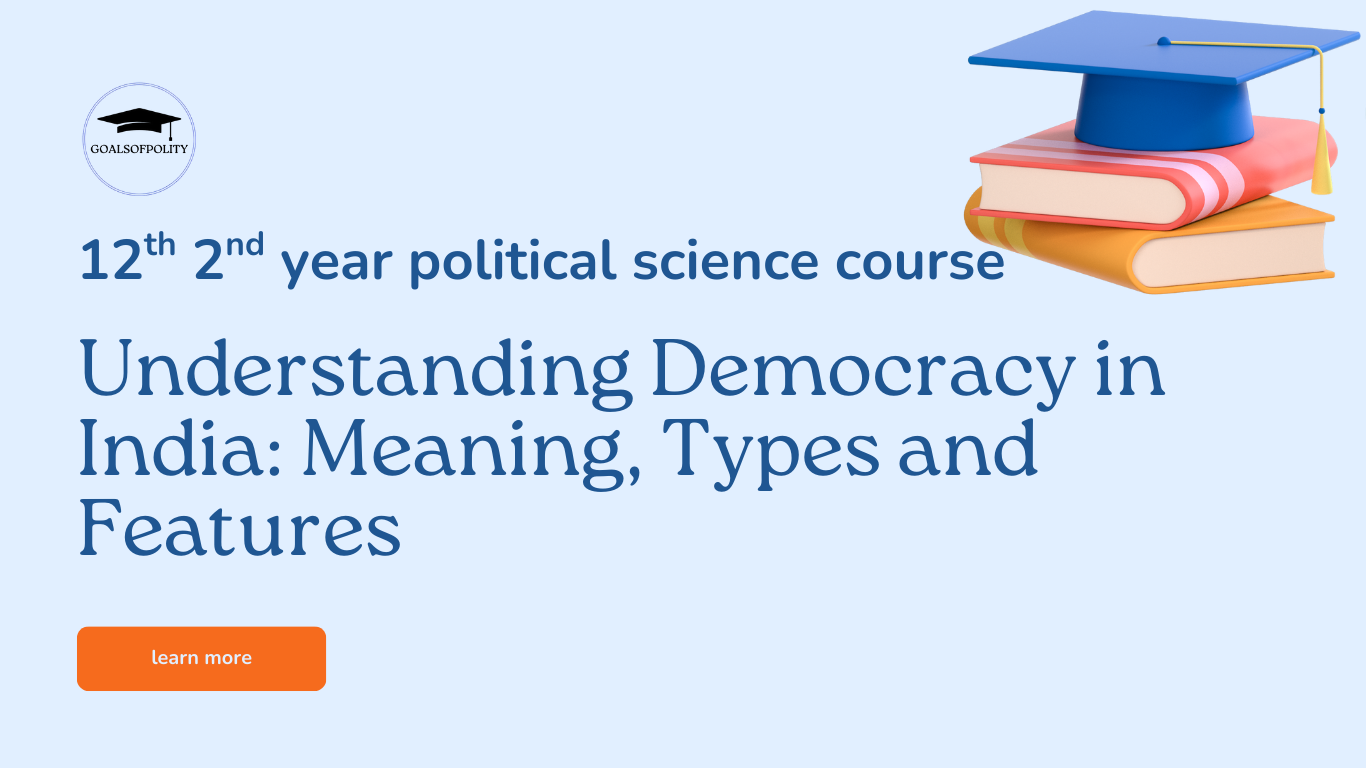
Democracy stands as a cornerstone in the vibrancy of India’s political landscape, shaping the governance and society of the nation. As one of the largest democracies in the world,